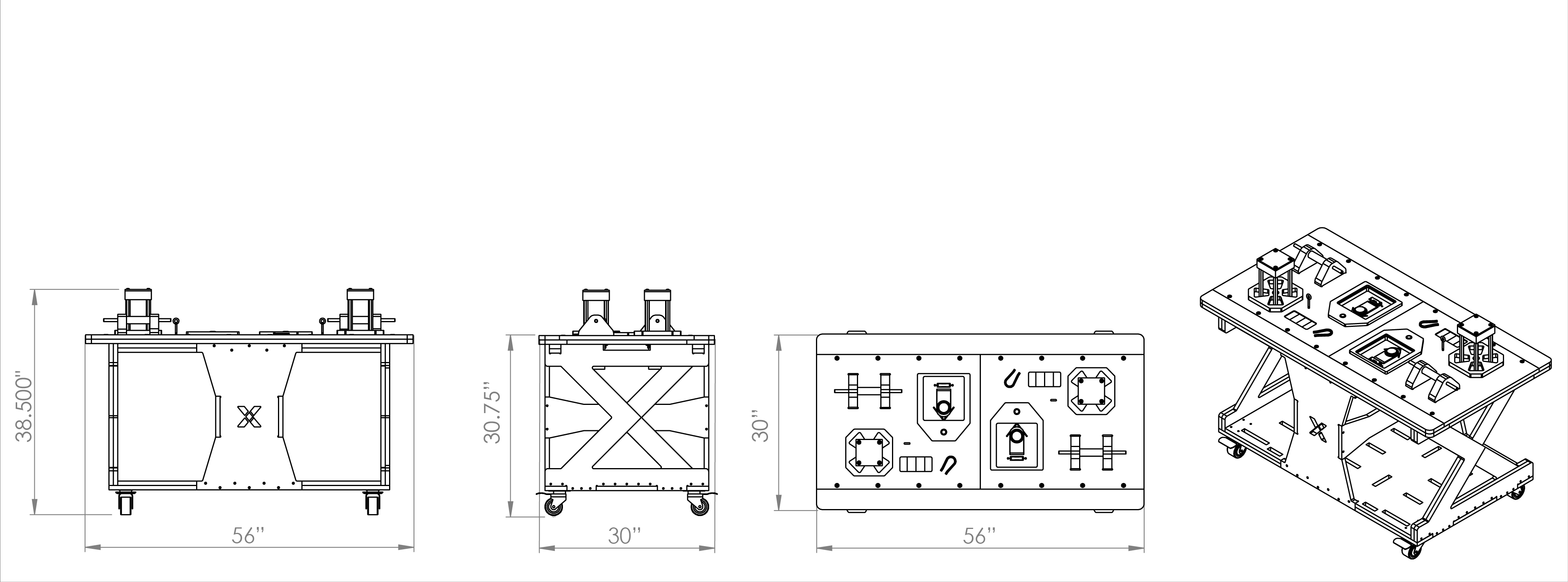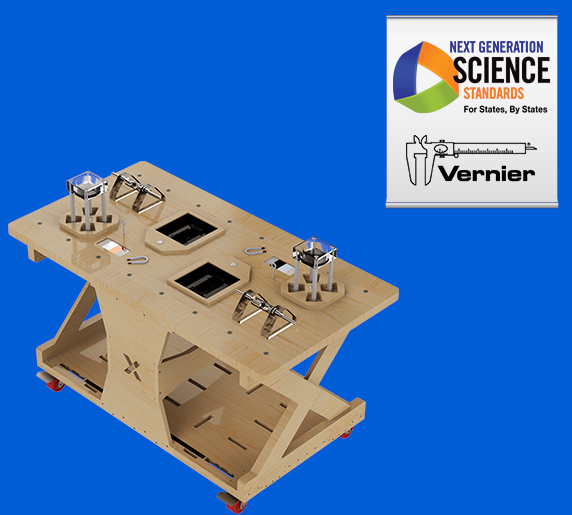STEM Concepts Learned From Use of Magnetic Basics FLEXCART: Grade Bands 3-5
Permanent Magnets and Ferromagnetic Materials: Permanent magnets are objects made of a material that creates its own magnetic field and ferromagnetic materials can be magnetized and are strongly attracted to magnets. Examples of this material are Iron, Cobalt and Nickel.
Repulsion and Attraction: Magnets have North and South Poles. The rule is opposites attract and same to same will cause repulsion between the poles.
Four Fundamental Forces: Gravitational (all things with mass are brought toward each other), Electromagnetic (physics of how electromagnetic force physically interacts with electrically charged particles), Strong Force (nuclear force that binds protons and neutrons together in the nuclei of an atom) and Weak Force (nuclear field strength is much less that the strong force).
Principles of Electromagnetism: Forces that cause the attraction and repulsion of electrically charged particles.
Exhibit Technology: Users of the Magnetic Basics STEM Interactive will be using exhibit technology to discover the basic principles of magnets and magnetic force. Through this interaction users will understand how models are replicas of larger objects and they will understand the use and limitations of such technology.
Vernier Technology: Vernier sensors and probes can be added as an accessory for the measurement of real-time data.
Engineering Concepts: Analyze data from similarities and differences between different magnets and create and design a stronger magnet from the previous prototype.
Calculations: Magnetic Force (Lorentz Law; electric + magnetic force), Repelling Force, and Magnetic Field Strength.
STEM Careers associated with the Magnetic Basics FLEXCART:
- Electronics Engineer
- Field Application Engineer
- Valve Train Product Engineer
- Magnetic Resonance Physicist
- Gridded Ion Thruster Engineer
- Product Development Engineer
- Magnet Manufacturing Engineer
- Sensing System Hardware Engineer
- EMC Machine Certification Engineer
- Power Electronics Engineer (SMPS)
- Nondestructive Testing Engineer (NDT)
- Magnetic Resonance Imaging Technologist
Magnetic Basics FLEXCART Specs:


